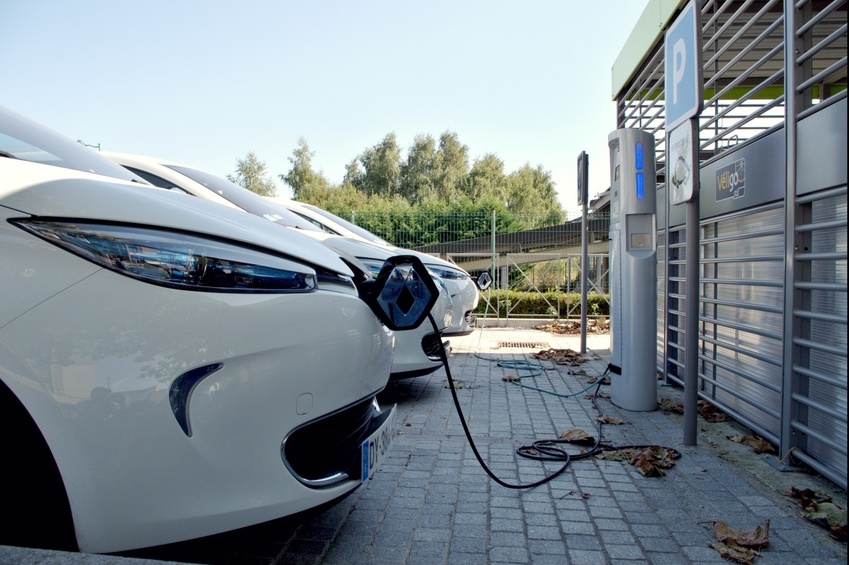As global industries move rapidly toward electrification, demand for lithium-ion batteries is projected to soar. McKinsey forecasts that global battery consumption will climb from roughly 700 GWh in 2022 to nearly 4,700 GWh by 2030 - a nearly sevenfold increase. This acceleration is fueled by the rise of electric vehicles (EVs), large-scale energy storage systems, and consumer electronics. Yet, lithium production is struggling to keep up, with supply expected to fall short of the estimated 3 million tons needed annually by 2030. This anticipated shortage opens the door for innovation in how lithium is sourced.
Lithium plays a pivotal role in the clean energy transition thanks to its exceptionally high energy density, making it the material of choice for batteries. Since lithium-ion batteries debuted in 1991, their adoption has grown at an exponential pace, doubling every two to three years. However, this success also amplifies the challenge of securing enough raw materials to meet escalating demand.
Lithium is obtained from hard rock ores and underground brine deposits worldwide. While the richest deposits are being tapped first, newer resources—like Arkansas’s Smackover Formation or California’s Salton Sea—contain lower concentrations, often in geothermal fluids or dilute brines. This shift has prompted the industry to seek new extraction technologies capable of economically and sustainably accessing these unconventional reserves.
One promising approach is Direct Lithium Extraction (DLE), which uses advanced chemical processes—such as sorbents, ion exchange, membranes, or electrochemical cells—to selectively remove lithium from brines. According to ID TechEx, DLE can achieve higher recovery rates, faster processing times, and lower environmental impacts than traditional evaporation ponds. This makes it an essential tool in tapping new lithium resources and addressing projected supply bottlenecks.
3M is strategically positioned to support the scale-up of DLE, leveraging decades of expertise in advanced materials, including precision-engineered particles and innovative nonwoven technologies.
Mark Copman, Senior Vice President of 3M New Growth Ventures, emphasized the timing: “Given current market dynamics, collaboration is key. 3M’s long track record in materials science equips us to help meet the lithium sector’s urgent needs while building a reliable supply chain for this critical resource.”
3M’s Contributions to DLE Advancement:
Lithium plays a pivotal role in the clean energy transition thanks to its exceptionally high energy density, making it the material of choice for batteries. Since lithium-ion batteries debuted in 1991, their adoption has grown at an exponential pace, doubling every two to three years. However, this success also amplifies the challenge of securing enough raw materials to meet escalating demand.
Lithium is obtained from hard rock ores and underground brine deposits worldwide. While the richest deposits are being tapped first, newer resources—like Arkansas’s Smackover Formation or California’s Salton Sea—contain lower concentrations, often in geothermal fluids or dilute brines. This shift has prompted the industry to seek new extraction technologies capable of economically and sustainably accessing these unconventional reserves.
One promising approach is Direct Lithium Extraction (DLE), which uses advanced chemical processes—such as sorbents, ion exchange, membranes, or electrochemical cells—to selectively remove lithium from brines. According to ID TechEx, DLE can achieve higher recovery rates, faster processing times, and lower environmental impacts than traditional evaporation ponds. This makes it an essential tool in tapping new lithium resources and addressing projected supply bottlenecks.
3M is strategically positioned to support the scale-up of DLE, leveraging decades of expertise in advanced materials, including precision-engineered particles and innovative nonwoven technologies.
Mark Copman, Senior Vice President of 3M New Growth Ventures, emphasized the timing: “Given current market dynamics, collaboration is key. 3M’s long track record in materials science equips us to help meet the lithium sector’s urgent needs while building a reliable supply chain for this critical resource.”
3M’s Contributions to DLE Advancement:
- Sorbent Innovation: Applying particle engineering expertise to develop high-performance DLE sorbents with optimized brine flow, durability, and lithium selectivity—usable on their own or in combination with nonwoven structures.
- Advanced Nonwoven Materials: Creating sorbent-infused nonwoven fabrics that function like compact, high-surface-area membranes, enhancing brine contact, accelerating extraction, and reducing chemical use.
- Scalable Production: Utilizing 3M’s global manufacturing capabilities to move quickly from research and pilot phases to full-scale commercial deployment, ensuring a stable DLE supply chain in the U.S.
Through these innovations, 3M aims to strengthen energy security and provide efficient solutions to meet growing global demand. By helping bridge short-term lithium shortages and unlocking new local reserves, 3M supports the expansion of EV production and large-scale battery storage—cornerstones of the future energy ecosystem.


 3M Advances Direct Lithium Extraction to Meet Soaring Battery Demand
3M Advances Direct Lithium Extraction to Meet Soaring Battery Demand





 Companies
Companies